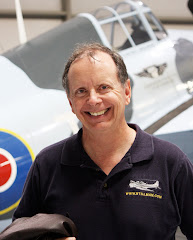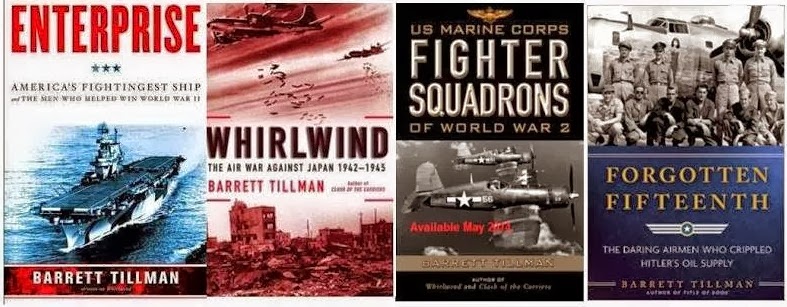October in Northeastern Oregon was always a special time when I grew up in the 1960s. There were two special events that month, bearing nothing in common other than the crisp, nippy air of Umatilla County well into the fall season.
The first was deer season, and the Blue Mountains sang their siren song. Opening weekend was taken seriously, to a degree that urban dwellers probably cannot fathom today. There were times when Friday was an excused absence from high school for boys intent on filling their tag on Saturday. (I do not recall any huntresses in our student body though later I enjoyed hunting with a friend and his wife on two continents.) In fact, our school paper published the names of students who fetched home some venison for the family table.
In that far-off time—chronologically and culturally—nobody knew how many rifles or shotguns were stashed in cars and pickups in the MHS parking lot.
That’s because nobody cared.
That’s also because there was never a problem. Ever.
However, the October starting date did pose some interpersonal conflicts. I’d have to consult some classmates from ’67, but I vaguely recall that the Girls League neglected to consult the guys, and managed to schedule the annual dance for opening weekend of deer season.
I also vaguely recall that the next year the girls remembered the previous flail, and moved the event back a month.
Just in time to hit the opening weekend of elk season.
Meanwhile, October also was pheasant season, overlapping deer and preceding elk. Our ranch, about five miles out of town, was rich in ground cover beloved of Chinese ring-necks (Phasianus colchicus), and Dad had installed a water trap in one of the gulches between wheat fields. More than once I recall seeing six or more roosters perched on the fence beside the county road late Friday afternoon. A convocation of feathered friends.
Think they were there the next morning? No way. They knew. So help me, they knew!
Chinese Ring-necks were introduced to North America in 1881, thanks to Owen Denney, then consul general in Shanghai. Denney imported other batches over the next few years, releasing them in Washington and Oregon. The hardy birds took hold and prospered.
Dad had longtime friends from the Willamette Valley who were avid bird hunters. For years Portland merchant Henry Deines and his sons, with an older nimrod called Pete, gathered at “Fifth and Broadway”—the intersection of the state and country road--around dawn on Saturday. Occasionally they had a setter to sniff out birds in the stubble.
Thing about pheasant—given a chance, often they’ll run rather than fly. That’s why a good dog is such an advantage, holding the bird in place until it’s flushed close enough for a 12 gauge, or maybe a 20. But even then there’s no guarantee of meat, and more than once I heard the phrase, “Well, at least I got to burn powder.”
Hunting alone was a rite of passage in those days. Like nearly every other young male of my nativity, a life event was tromping the stubble with my single-shot 12-gauge, seeking the wily pheasant. I don’t recall specifics, but I suspect that Dad dropped me off with instructions to rejoin the road a quarter mile up. No feathers, no meat, no gunpowder, but a growing sense of self reliance.
Then there was Halloween.
My home town ran 900 to 950 residents with an eight-year grade school and a four-year high school named for a maternal great-grandfather. Because the local American Legion post sponsored a junior drum and bugle corps, some of us made friends with corps members around the Northwest. I had a serious crush on a severely cute color guard member from the Seattle Thunderbirds, and early on discovered the power of the press. Being inordinately shy, I used my status as a regional Drum Corps World correspondent to maintain contact with her a couple of times a year.
But I digress.
The grade school provided Halloween entertainment for kids of all ages. Activities included costume contests—I no longer recall the who or how of judging—but I have vague recollection of fashioning my own outfit for the parade. Thanks to my mother’s indulgence with her kitchen supplies, circa 1958 I bulked myself out with tin foil, posing as Russia’s Sputnik satellite, complete with bent wire hangers as antennae. (The good ole USA launched Explorer several months after the Evil Empire’s success.)
When we got to high school age, social opportunities arose.
A few times kids from Western Oregon came to visit and participated in the holiday festivities. They seemed most interested in the cake walk, wherein perhaps ten contestants circled five or six chairs while the music played. When the phonograph operator raised the tone arm, the music stopped and everyone scrambled for a seat. Single elimination with a reducing number of seats until the last two players were left. The winner got a cake or a tray of cupcakes, and of course good manners dictated observance of The Kindergarten Rule: share with others.
Mostly the visitors were polite youngsters whose parents shared the values of our own. But occasionally some big-city attitudes showed through. One fall evening a guest asked, “What do you do for fun around here after dark?”
Without thinking, I said, “Oh, we go down to Main Street to watch the traffic light.”
That seemed preposterous of course, but I stuck to my assertion. So we walked five blocks down to Main and up two more to the main intersection. Two of my classmates were seated on a bench, engaged in an animated conversation, but I dared interrupt. “Hi, guys. What’re you doin’?”
And so help me, Dennis said, “WE’RE WATCHING THE TRAFFIC LIGHT.”
True story from an October long ago.



